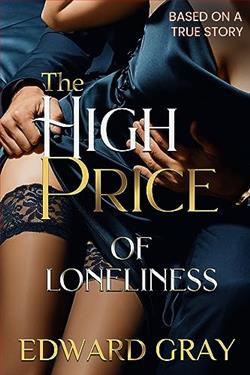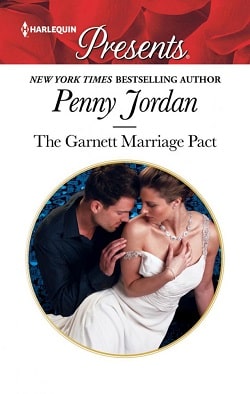“Justice for the Carsons.”
“Even if your client is found guilty?” she asked.
“Even if.”
She gave me a long look.
“Maybe I misjudged you,” Welsh said.
“Guilty,” I said.
Once we arrive, I thank the cop and promise that I’ll deliver the key to Katherine Welsh when court resumes on Monday.
Now, at long last, I am standing in the front hall and frozen in place where they found Hank Carson’s body, almost the exact spot from what I saw in the animated video.
Only this isn’t animation. This is where it all happened that night. Scene of a bloody and brutal crime. Crimes, plural. There have been other times over the past several months when I’ve intended to come here. But I never did.
I have been present at more crime scenes in my life than I care to remember, and often on the night of or day of, both asa cop and as an attorney. Over the course of Rob Jacobson’s first trial, I paid multiple visits to the rented house where the Gates family had been gunned down, copycat style.
Now here I am at the house once lived in by the Carsons of Garden City. I called Ben Kalinsky on the way over and told him I was going to be late for dinner, and why.
“I was wondering when you were going to finally check that box,” Ben said, and told me to do what I have to do and he’ll see me when he sees me.
I walk through the lower level before reluctantly heading upstairs, moving as slowly as if I were wearing leg-irons, making my way to the bedrooms where the bodies of Lily and Morgan Carson were found that night.
I do not linger in Morgan Carson’s room, not wanting to spend much time—not wanting to spend any time at all, really—surrounded in there by all the girl’s things, also frozen in place, and time.
The longer I stay here, the easier it is for my mind to wander to the extremely dark place where I can see her in a bed like hers with Rob Jacobson. It’s a visual that only makes me wonder, all over again, what the hellIam doing here, in this case and in this house, looking around at stuffed animals that Morgan Carson had kept into her teenaged years, one of the walls dominated by an honest-to-God poster of Taylor Swift.
I think back to my conversation with Katherine Welsh about justice for these three people, and especially for this girl who never got the chance to become a woman, at least not in more important ways than the only one Rob Jacobson cared about. And as I stand here, surrounded by her things, I know I don’t just want justice.
I want the truth, even if it turns out that my client committed this truly hideous crime.
In the end, this isn’t about him. It’s about Hank Carson and his wife.
And his daughter.
About the girl.
When I leave her room, I then walk down the hallway to what had clearly been Hank Carson’s study, it taking hardly any imagination to picture him in here and with the door shut and talking furtively on the phone with whichever of Sonny Blum’s bookies he was placing a bet or two or ten with at the time, in his own extremely dark place.
Sonny did in fact tell Jimmy that Hank had paid up before he died, and that whatever it was that got him killed, it wasn’t that he was still in the hole.
But there is a part of me, a big part, that will believe Sonny Blum only when hell freezes over, presumably with him in it.
It is suffocatingly quiet, and sad, in this house, the air thick and heavy, causing me to wonder when the last time was that anybody opened a window, allowing maybe even the ghosts to breathe.
I finally walk back down the hall, past the bedrooms, and am at the top of the stairs when I see Eric Jacobson and Edmund McKenzie in the front hall now, standing in front of the open door, staring up at me.
NINETY-NINE
MY BAG IS IN my car. My gun is in my bag. It seemed crazy to think I might need it once I was alone inside the house. But now I have company, two men who I believe are certifiable, on a good day.
“Long time no see,” Eric Jacobson says pleasantly.
“Not nearly long enough,” I say. “So speak for yourself.”
I haven’t moved from the top of the stairs. I feel a breeze coming in through the front door.















